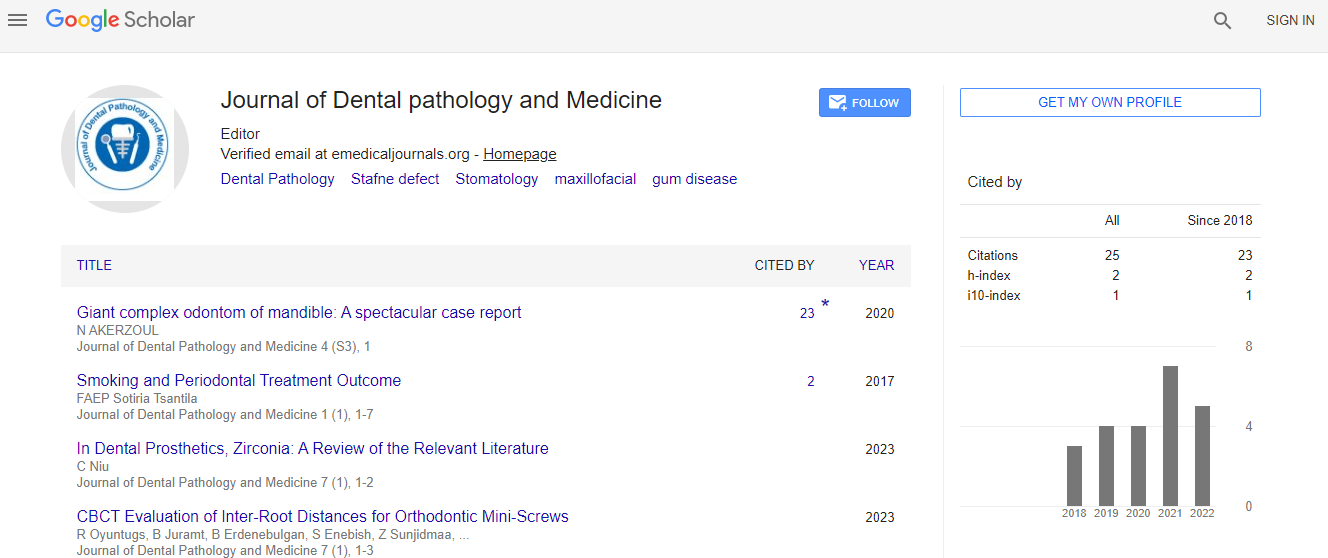Screening for methicillin- resistant Staphylococcus aureus strains in oral microflora among patients with diabetic foot ulcers
*Corresponding Author:
Copyright: © 2020 . This is an open-access article distributed under the terms of the Creative Commons Attribution License, which permits unrestricted use, distribution, and reproduction in any medium, provided the original author and source are credited.
Abstract
Statement of the Problem: Diabetes is a chronic disease, which affects the whole organism. There is a strong body of evidence that supports the relationship between oral health and diabetes mellitus. Chronic hyperglycemia can also cause inflammatory changes in oral cavity which can worsen glucose metabolism and therefore cause systemic complications. Diabetic foot ulcers caused by Staphylococcus aureus is one of the most feared complications of diabetes mellitus. The studies reporting the oral cavity as a potential reservoir of S. aureus in diabetic patients are sparse. The purpose of this study was to compare the spread of S. aureus in the oral samples and in the diabetic foot wounds. Methodology: The study protocol was approved by the Local Bioethics Committee at the Medical University of Gdansk (NKBBN/511/2017). From each of diabetic patients (age 39 - 81 years) one swab from diabetic foot (from ulcer and places with hindered access) and one from oral cavity (from molar region mucosa) were taken. The specimens were subcultured and the susceptibility of isolated S. aureus strains to antimicrobial agents was determined. Suspected methicillin-resistant S. aureus (MRSA) strains
were further examined for the presence of modified PBP2a protein. Statistical analysis (chi-square test) was conducted. Results: S. aureus strains were isolated from 42% of foot specimens, among them 20% were resistant to methicillin. S. aureus strains were isolated from 18% of oral cavity; 2% were methicillin-resistant. In addition, the oral S. aureus strains were resistant to penicillin (73.3%), erythromycin (52.3%), clindamycin (52.3%), gentamicin (35.3%), sulfamethoxazole/trimethoprim (17.7%), ciprofloxacin (11.8%), and amoxicillin-clavulanic acid (2%). The MRSA strains were isolated tenfold frequently from the diabetic foot than from oral cavity (p ≤0.05). Findings: Although prevalence of methicillin-resistant S. aureus in the infected foot ulcers is significantly higher than in the oral cavity of diabetics, it seems that oral microflora may constitute the potential reservoirs of MRSA.
Key words: Oral microflora, Staphylococcus aureus, methicillin-resistance, MRSA, diabetic foot ulcers

 Spanish
Spanish  Chinese
Chinese  Russian
Russian  German
German  French
French  Japanese
Japanese  Portuguese
Portuguese  Hindi
Hindi 